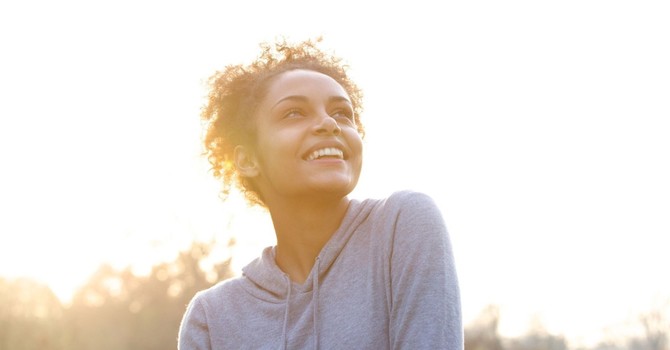Pilates was created in the mid-20th century by Joseph Pilates. His background in gymnastics and bodybuilding inspired him to help injured military personnel during World War I. While working in hospitals, he developed spring-loaded furniture to assist patients in performing resisted movements while confined to their beds. Later, Joseph Pilates moved to New York, where his movement method evolved further. Influenced by the teachings of yoga and the grace of dance, he refined his technique, leading to the creation of the classical Pilates principles: control, concentration, centering, precision, breathing, and flow.
Pilates shares similarities with yoga, particularly in its focus on mindful movement and a deeper connection to the body. Another core goal of Pilates is to both lengthen and strengthen muscles. Joseph Pilates developed an extensive repertoire of exercises that continue to evolve today.
Finding the Right Pilates Practice
When choosing a Pilates studio, it's important to understand the type of Pilates being taught. With so many styles available—from Classical to Gyrotonic—it can feel overwhelming. My advice is to try different types and see which one best suits your needs and goals, just like you would with anything else in life.
My Pilates Journey
I began my Pilates journey about four years ago and quickly fell in love with the STOTT Pilates method. I started at a STOTT studio in Carrollwood, where I had my first private session. I appreciated the individual attention during the three introductory sessions, which helped me understand and listen to my body. Each movement was intentional, and even the smallest exercises proved to be both challenging and rewarding. To my surprise, the tension I often experienced in my neck began to subside. In 2022, my passion for the practice led me to pursue deeper training in the STOTT method, with the hope of integrating it into my own chiropractic practice one day.
Classical Pilates vs. STOTT Pilates
STOTT Pilates was developed by Moira Merrithew, a former dancer who experienced a neck injury during her career. She eventually turned to physical therapy, which led to her recovery. Her journey sparked an interest in the human body, and she eventually collaborated with physical therapists, sports medicine experts, and fitness professionals to develop the STOTT methodology. The STOTT approach emphasizes postural alignment and incorporates the following six foundational principles:
Breathing
Pelvic placement
Rib cage placement
Shoulder mobility and stability
Head and neck alignment
Hip, knee, and ankle alignment
Key differences between Classical and STOTT Pilates include the sequencing of exercises, the emphasis on anatomical precision, and the use of various props to support movement and alignment.

Veronica Leonard
Contact Me


